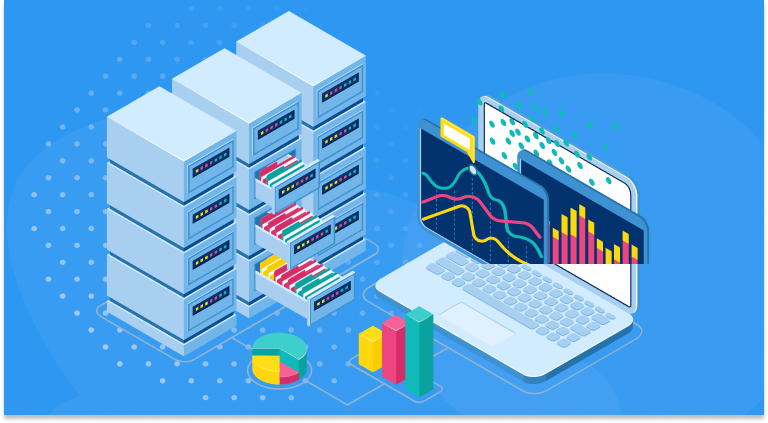Automatic Data Processing

In the fast-paced digital era, where information is the lifeblood of businesses and organizations, the demand for efficient and accurate data processing has never been higher. Automatic Data Processing emerges as a transformative force, revolutionizing the way we handle, analyze, and derive insights from vast amounts of information. This article explores the evolution of automatic data processing and its pivotal role in shaping the future of information management.
Table of Contents
ToggleThe Genesis of Automatic Data Processing
The roots of automatic data processing can be traced back to the mid-20th century when the advent of computers opened new possibilities for managing and processing data. Early mainframe computers, with their formidable processing power, laid the foundation for automated data handling. Punch cards and batch processing became the norm, allowing organizations to streamline routine tasks and accelerate data processing.
The Rise of Real-Time Processing
As technology advanced, so did the capabilities of automatic data processing. The transition from batch processing to real-time processing marked a significant milestone. This evolution empowered businesses to make decisions on the fly, responding swiftly to dynamic market conditions. Real-time data processing is now a cornerstone in various industries, including finance, healthcare, and manufacturing.
Integration of Artificial Intelligence and Machine Learning
In recent years, the integration of artificial intelligence and machine learning has propelled automatic data processing to new heights. These technologies enable systems to not only process data at incredible speeds but also to learn and adapt over time. Predictive analytics, anomaly detection, and advanced pattern recognition are just a few examples of how AI and ML enhance the capabilities of automatic data processing.
Cloud Computing and Scalability
The advent of cloud computing has revolutionized the scalability and accessibility of automatic data processing. Cloud-based solutions provide organizations with the flexibility to scale their processing power as needed, avoiding the limitations of on-premises infrastructure. This shift has democratized access to advanced data processing capabilities, allowing even small businesses to harness the power of big data.
Enhanced Security and Privacy Measures
As data becomes increasingly valuable, ensuring its security and privacy is paramount. Automatic data processing systems have evolved to incorporate robust security measures, including encryption, multi-factor authentication, and advanced access controls. These measures not only protect sensitive information but also build trust among users and stakeholders.
Challenges and Future Prospects
While automatic data processing has made tremendous strides, challenges persist. Issues such as data quality, interoperability, and ethical considerations in AI-driven decision-making require ongoing attention. The future of automatic data processing holds exciting prospects, with advancements in quantum computing, edge computing, and the continued integration of AI promising even greater efficiency and innovation.
Conclusion
Automatic data processing has come a long way since its inception, transforming the landscape of information management. From batch processing to real-time analytics, and from AI-driven insights to cloud-based scalability, the evolution continues. As businesses navigate the complexities of a data-driven world, the role of automatic data processing remains pivotal in unlocking the full potential of information for a wide array of applications. Embracing these technological advancements ensures organizations stay at the forefront of innovation and remain competitive in an ever-evolving digital landscape.
